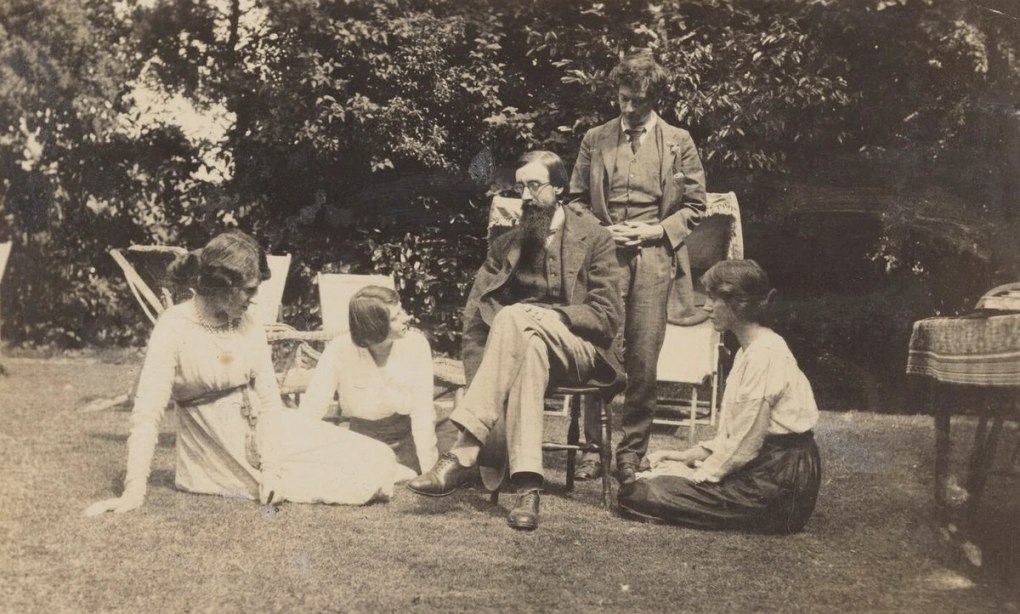Bloomsbury Group

Bloomsbury Group
The Bloomsbury Group was a distinctive circle of English writers, philosophers, and artists, active primarily between 1907 and 1930. Emerging in London's Bloomsbury district, this collective became known for its innovative approaches to art, literature, and ethics, significantly influencing early 20th-century modernist thought.
At its core, the Bloomsbury Group was not just a gathering of like-minded individuals but a melting pot of diverse and often complex personal relationships. Key members included Virginia Woolf, a pivotal novelist and essayist, and her sister Vanessa Bell, a post-impressionist painter. Their circle extended to figures like Edward Morgan Forster, a renowned fiction writer, Lytton Strachey, a biographer known for his critique of Victorian values, and the economist John Maynard Keynes. This intermingling of artistic, literary, and intellectual prowess fostered a creative environment where ideas on art, love, and knowledge flourished.
Philosophically, the group was deeply influenced by George Edward Moore, whose ideas in "Principia Ethica" shaped their views on intrinsic worth and ethical standards. This philosophical backdrop played a crucial role in their rejection of Victorian norms and the pursuit of a more informal and private focus on personal relationships and individual pleasure.
The Bloomsbury Group's artistic contributions were significant, with members like Roger Fry, Vanessa Bell, and Duncan Grant pushing the boundaries of contemporary art. Their works, now part of the Tate's collection in the United Kingdom, showcase a rich blend of post-impressionist and modernist styles. For instance, Fry's "River With Poplars" (1912) demonstrates his theory of significant form, emphasizing the emotional impact of line, color, and composition. Duncan Grant's "Abstract Kinetic Collage Painting With Sound" (1914) exemplifies the group's experimental nature, blending visual art with music to create a multisensory experience.
Vanessa Bell's "Still Life On Corner of A Mantelpiece" (1914) represents a pivotal moment in her artistic journey, marking her transition into post-impressionism. Her work, characterized by vibrant colors and bold compositions, reflects the group's ethos of art for art's sake and their commitment to exploring new artistic frontiers.
The Bloomsbury Group's impact extended beyond their immediate circle, influencing the broader cultural and intellectual landscape of their time. Their contributions to art, literature, and philosophy continue to be celebrated and studied, offering a window into the dynamic and transformative world of early 20th-century modernism.
For collectors and experts in art and antiques, delving into the world of the Bloomsbury Group opens up a realm of rich artistic and cultural heritage. To stay informed about updates, sales, and auction events related to the Bloomsbury Group's works, signing up for newsletters and updates can be a valuable resource. This ensures a connection to the ongoing legacy and discoveries related to this influential group.
| Country: | United Kingdom |
|---|---|
| Start of the period: | 1906 |